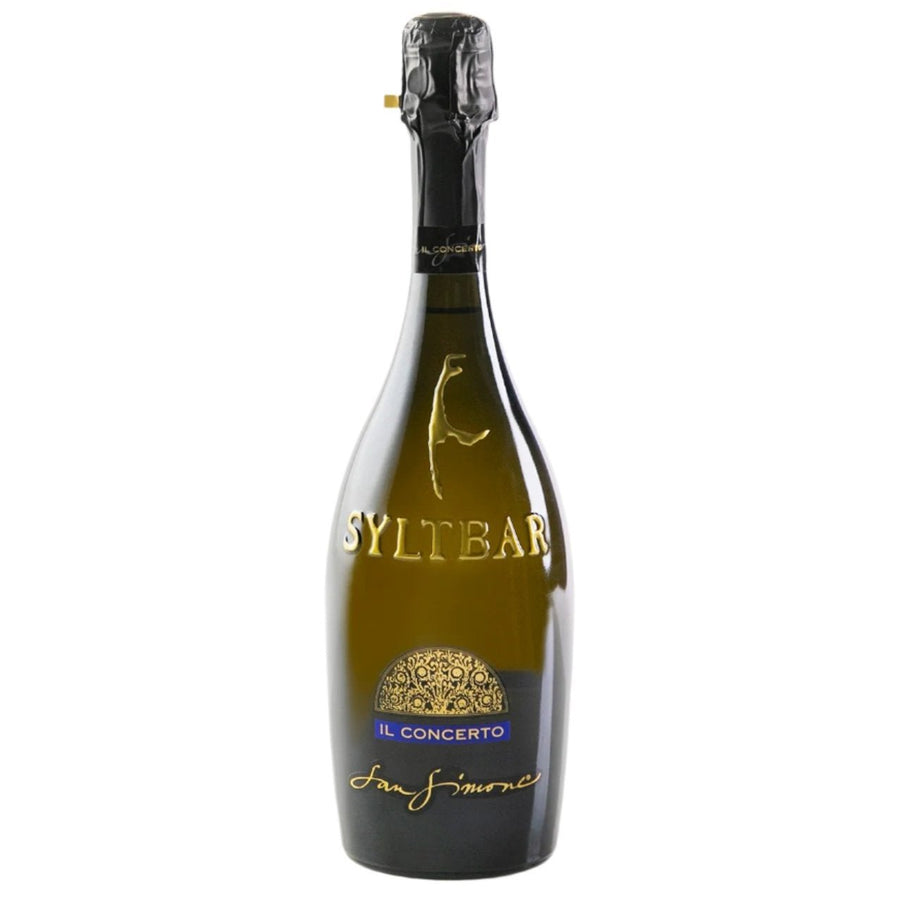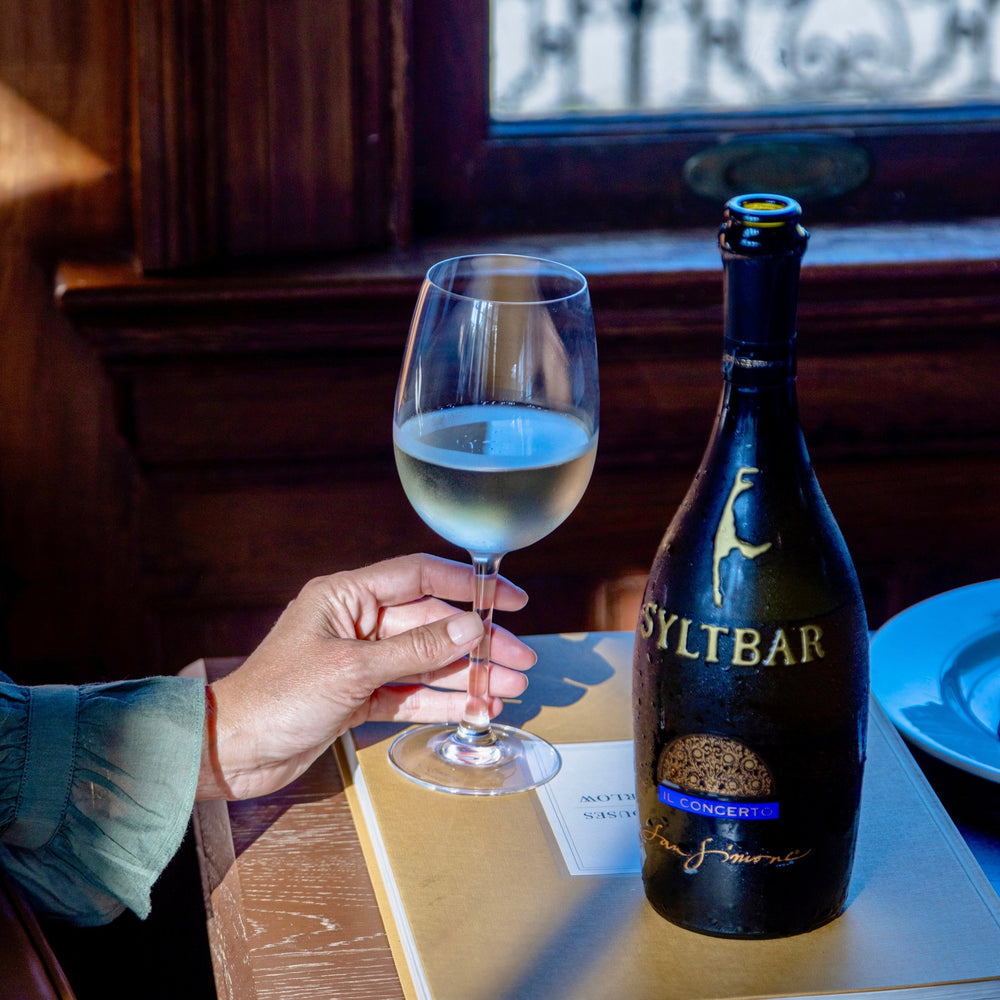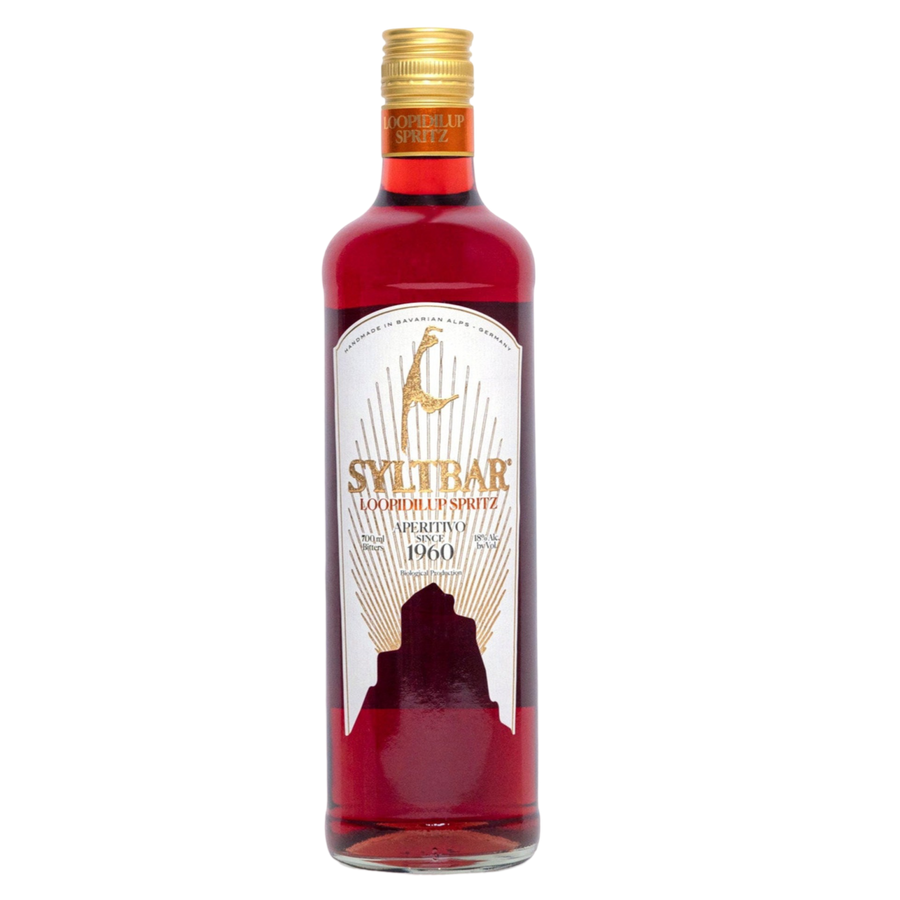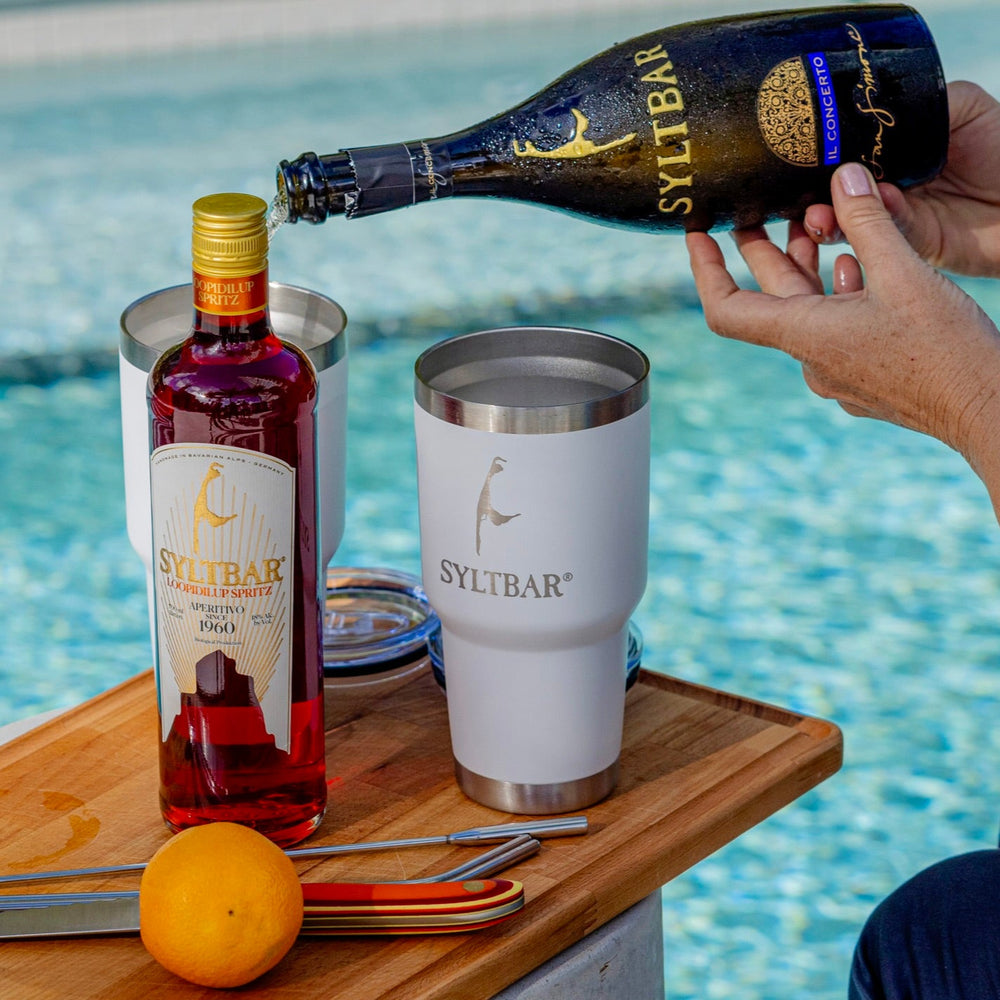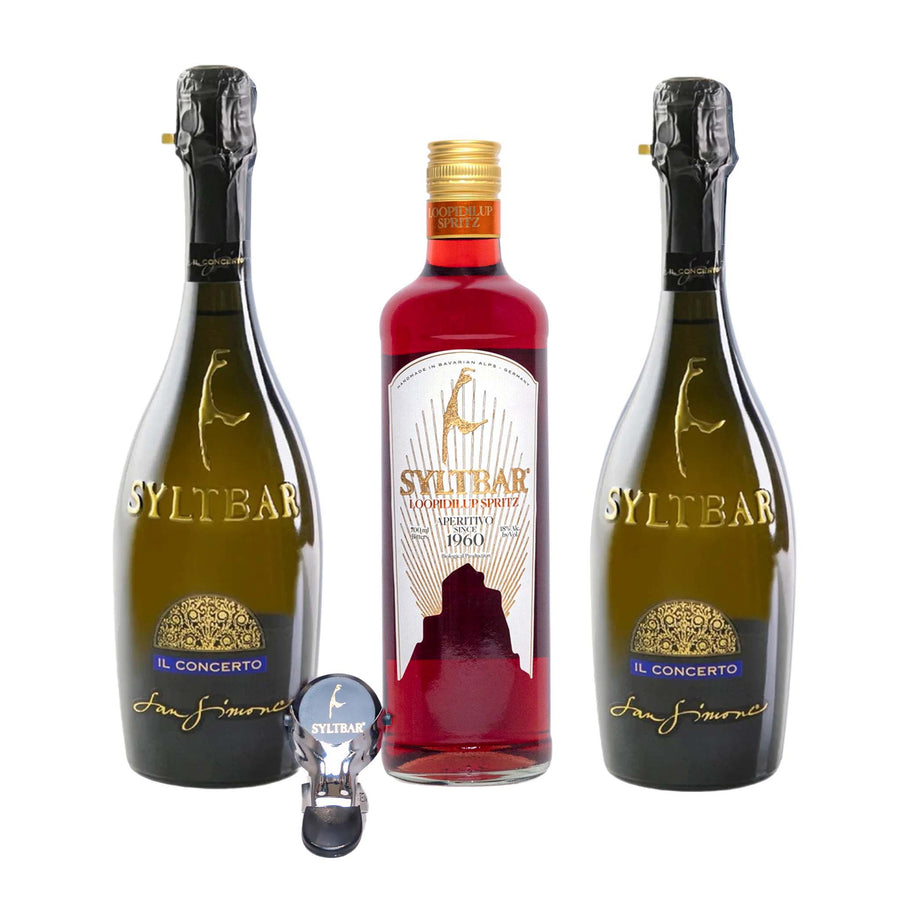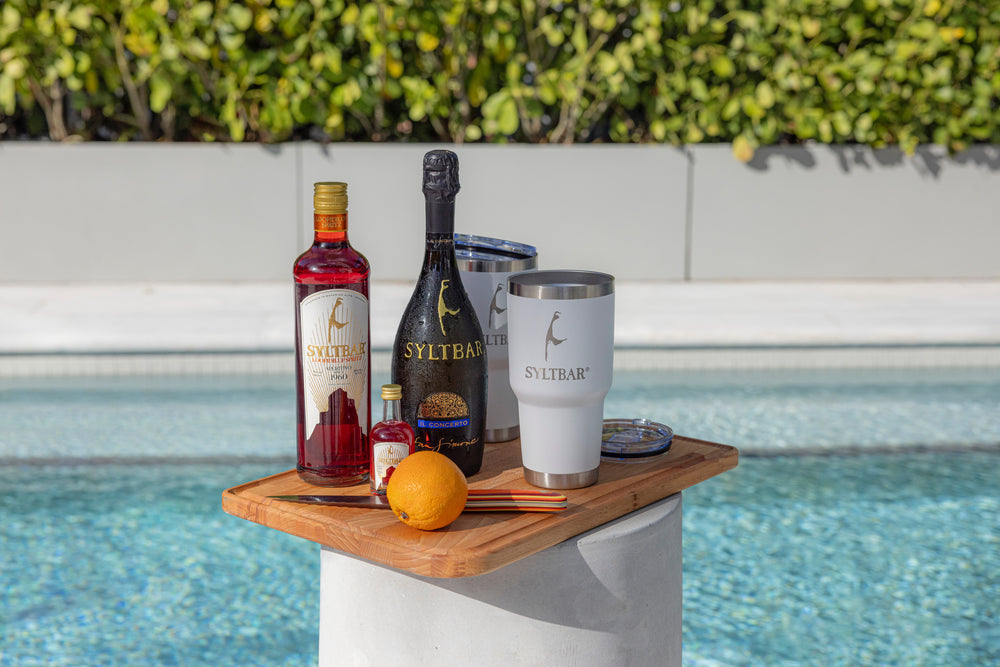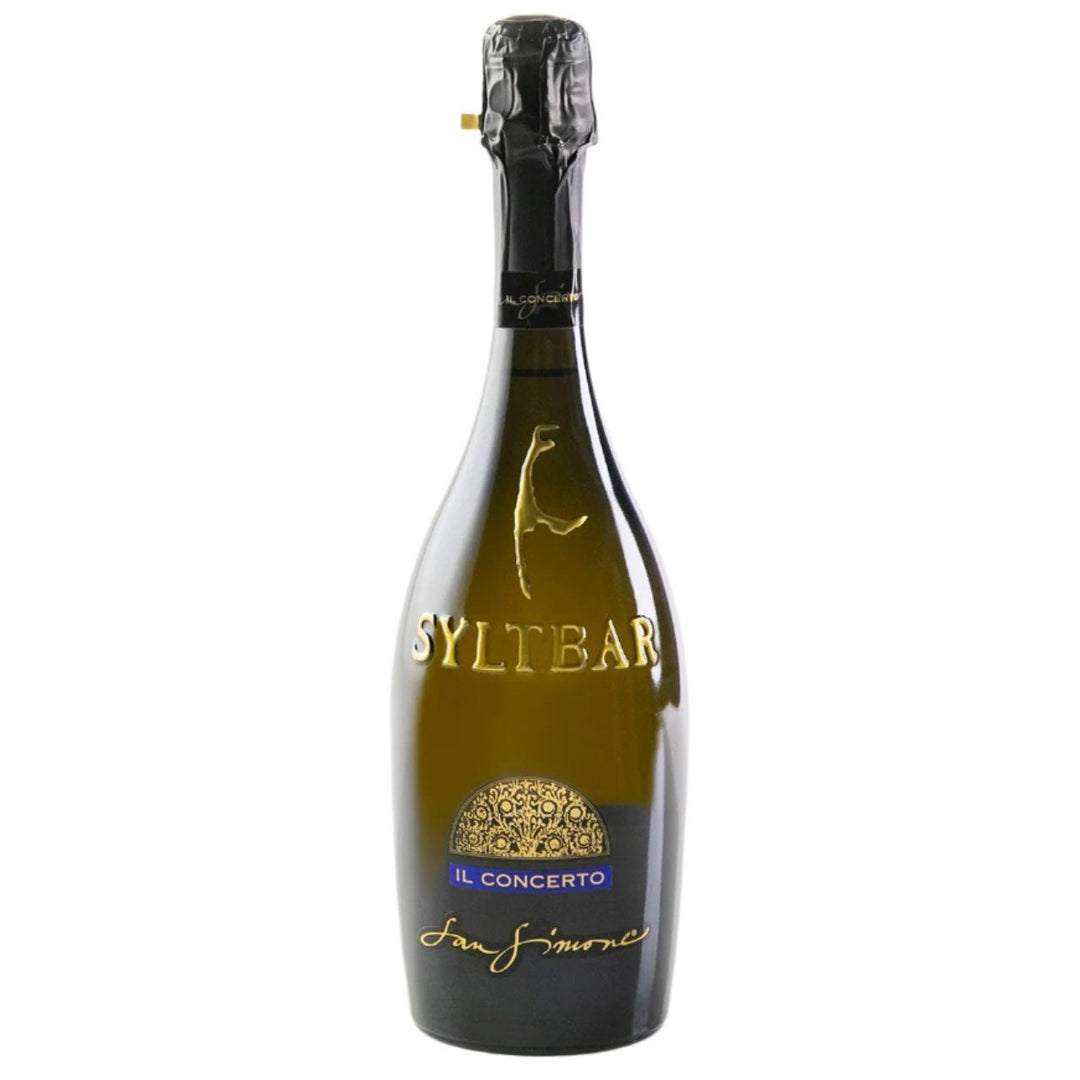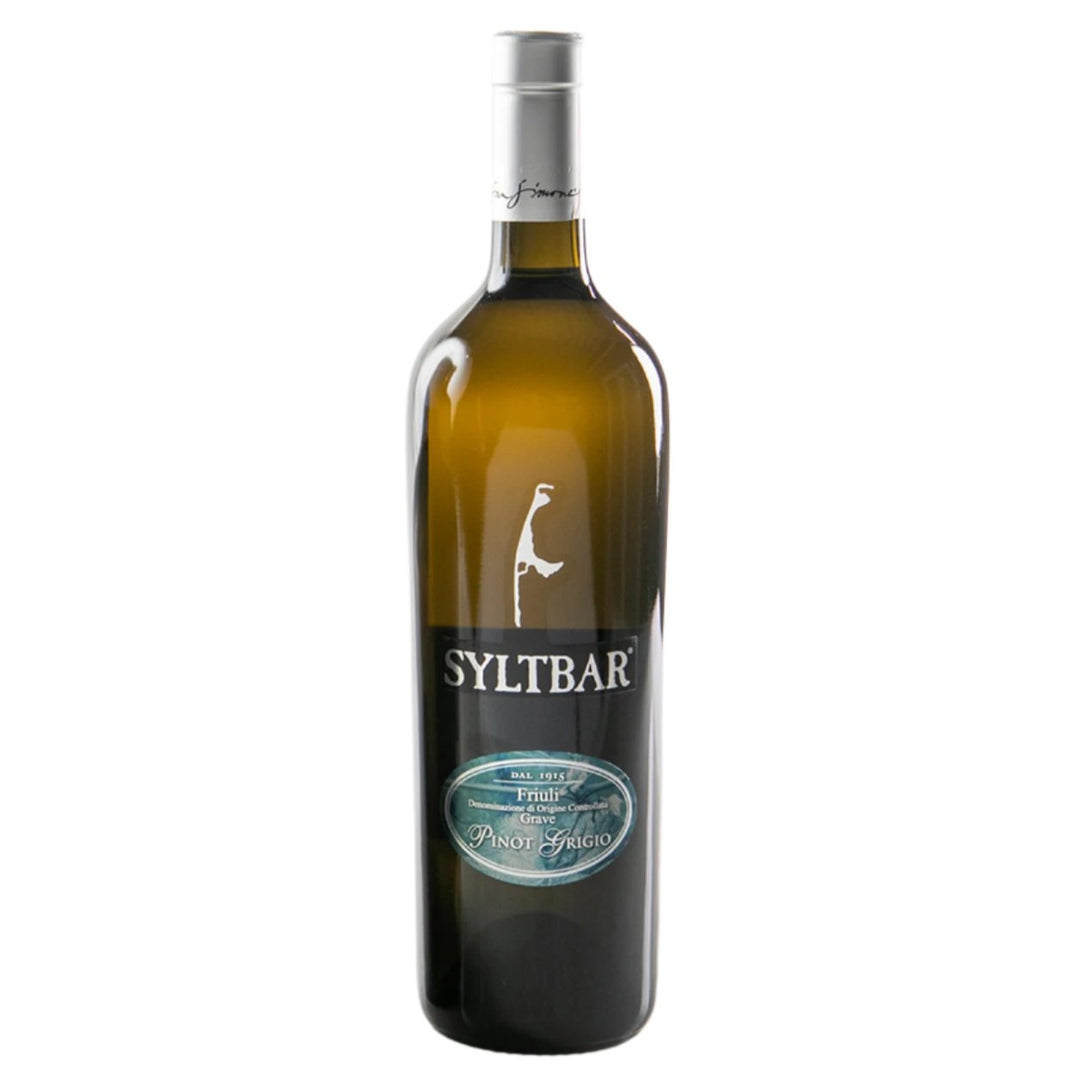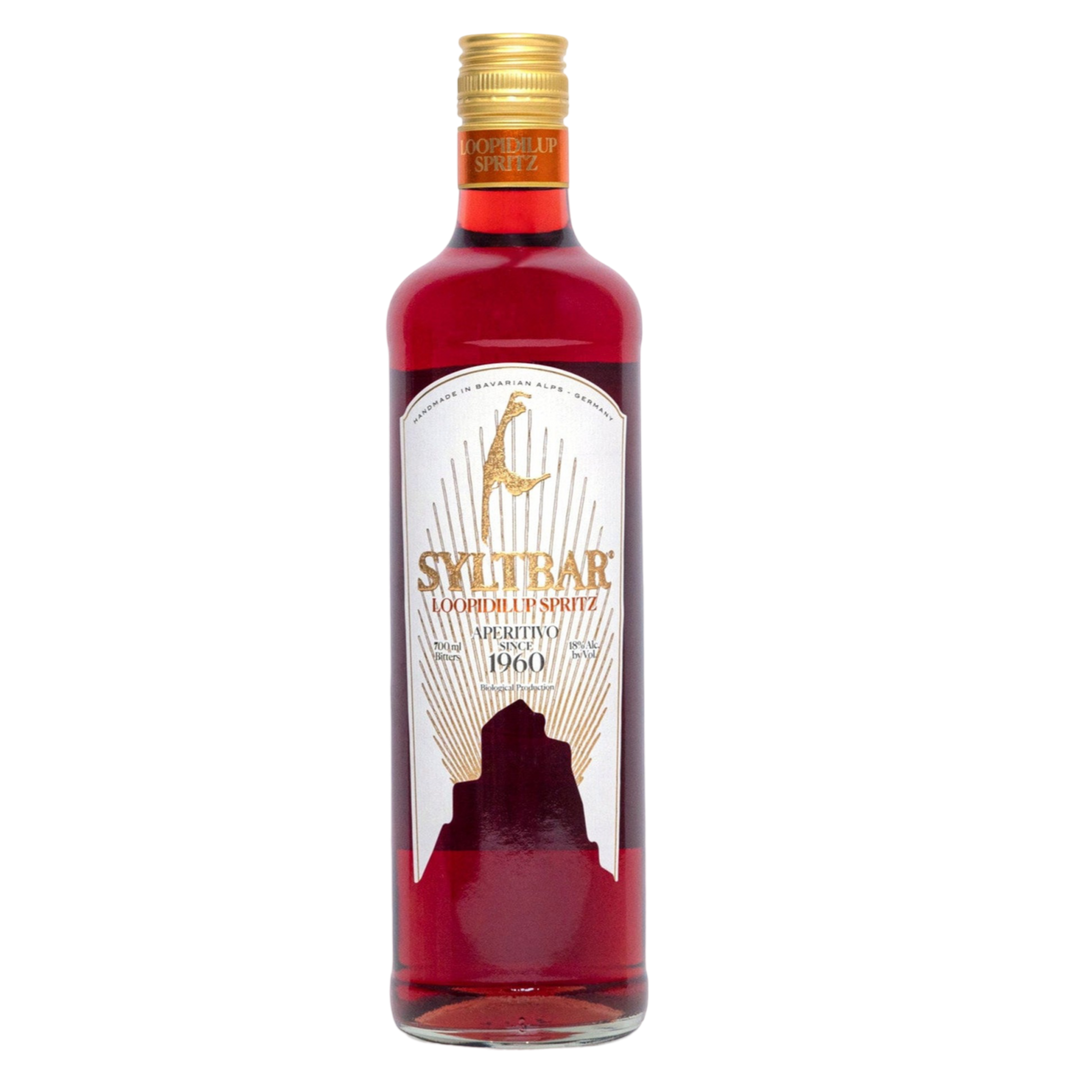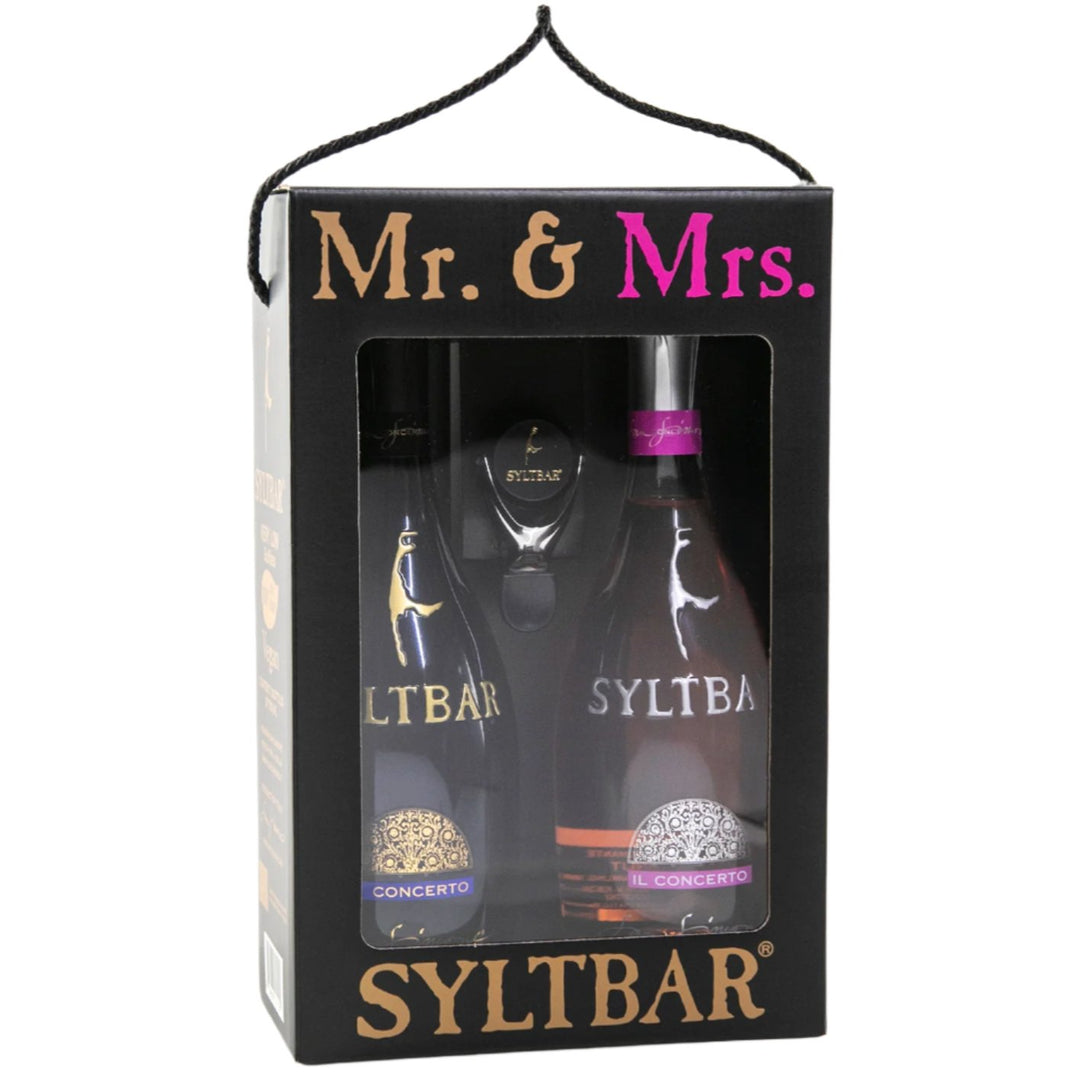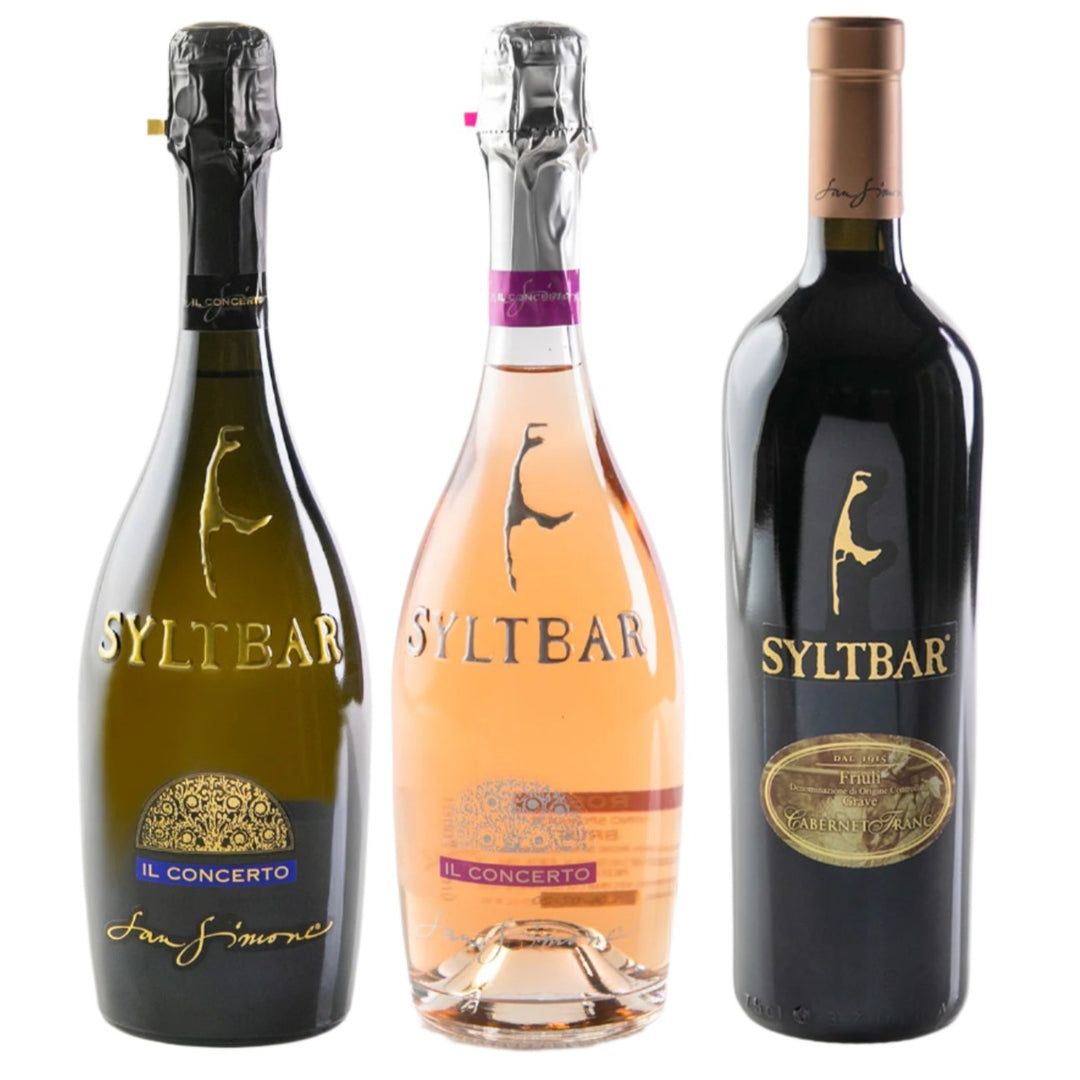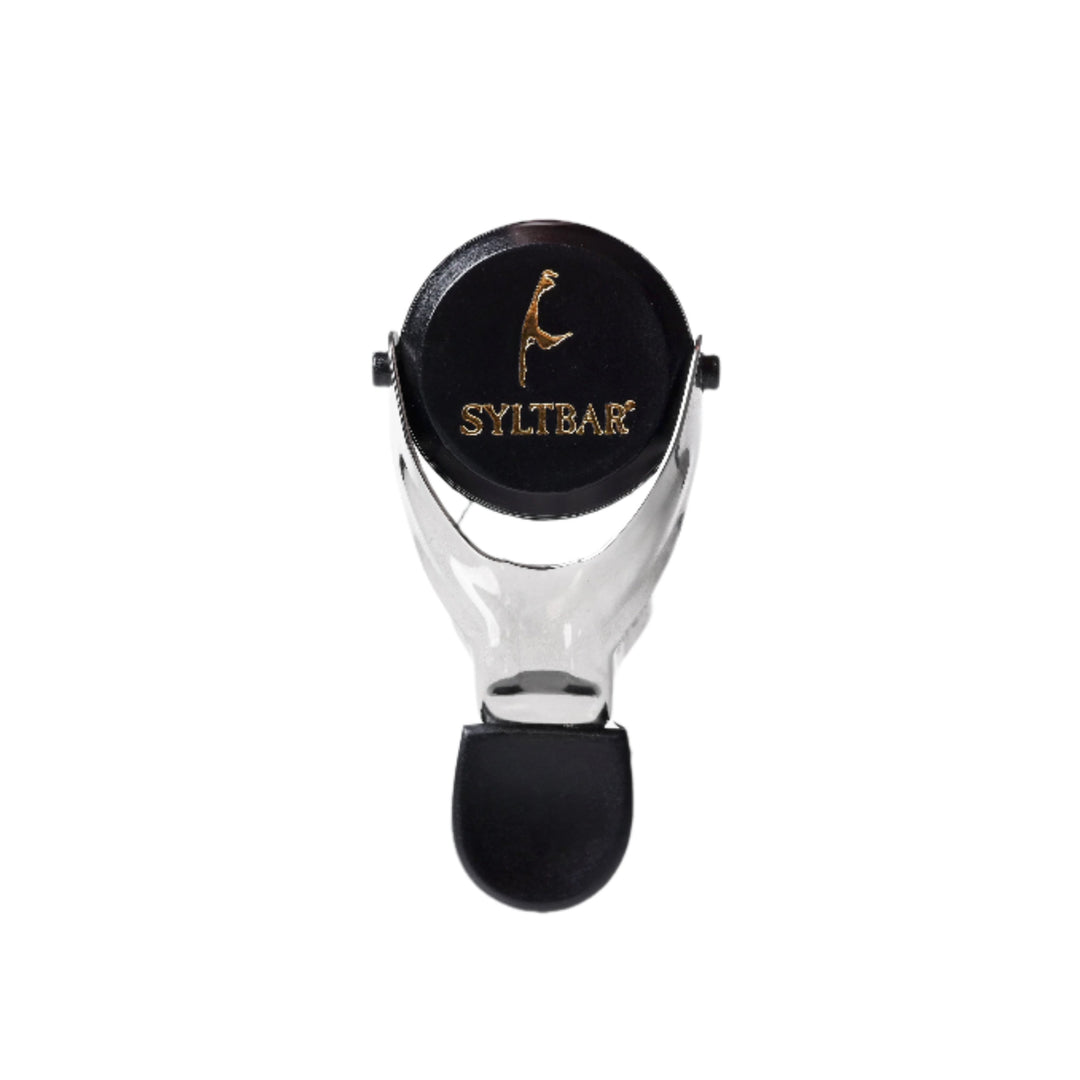Prosecco vs. Champagne: What’s the Difference?
Prosecco versus Champagne… Yes, these bubbly beverages share a similar sparkly effervescence, but there are many differences to note about these two types of sparkling wines. They are each unique and special in their own way, and one should never mistake one for the other
Some of the main differences between Prosecco and Champagne include its country of origin, its method of production and the grapes used, and tasting notes, and even though they both have bubbles, those bubbles are inherently different in their own way.
Where does Prosecco and Champagne Come From
Prosecco is to Italy as Champagne is to France. In order for a sparkling wine to be legally referred to as a Champagne, it must be produced in the Champagne region of France. Prosecco originates in Northern Italy, in the Veneto region, as well as in Friuli, which is where Mr SYLTBAR Premium Prosecco is produced at the San Simone Winery.
However, the Prosecco label is not as exclusive as Champagne. Prosecco can be produced in other regions of the world outside of Italy — it’s main requirement is not where its produced, but what it is produced with. Italian law states that in order to be a real Prosecco, it must contain at least 85% Glera grape. The Glera grape, referred to as the Prosecco until 2009, is one of Italy’s most important grape varieties, ranked 13th out of about 2,000 different kinds of grapes found in the country.
Unlike Prosecco, Champagne does not have a strict grape percentage requirement. It can be made from any combination of Chardonnay, Pinot Noir and Pinot Meunier grapes, whether all blended together or on their own, but again, it must be produced in Champagne, France in order to be considered a true Champagne.

Are prosecco and champagne made the same way?
Champagne uses what is known as the Méthode Champenoise (Traditional Method), where the secondary fermentation takes place in the actual Champagne bottle. After its first fermentation, the Champagne is still, meaning there are no bubbles...yet.
Yeast and sugar are then added to the bottle, which creates the carbonation. The bottles are placed in a rack, tipped so the neck faces down, which allows the dead yeast cells to pool together in the neck of the bottle so they can be released. After the dead yeast cells are released, the bottle is sealed shut and now can age. French law requires the Champagne to age for at least 15 months if it is non-vintage, and at least 3 years for vintage.
Prosecco typically uses the Charmat-Martinotti method, or the tank method, for its production. This means that the second fermentation happens in large stainless steel tanks instead of in the bottle. Yeast and sugar are added to the wine and the tank is sealed shut so none of the CO2 is lost, keeping the wine nice and bubbly. Prosecco is best enjoyed while still young, so there is not much of an aging process like there is with Champagne.
Does Champagne have a higher alcohol content than prosecco?
There is also a difference in alcohol content between Champagne and Prosecco. Champagne is the heavier of the two, usually at 12% or 13% ABV, which also means it has more sugar and calories. Prosecco is much lighter, and usually around 11% ABV. Mr SYLTBAR is 11.5% because of the double fermentation process, but still has much less sugar than other Prosecco varieties.
Does Champagne and Prosecco taste the same?
The difference in production method has a large effect on how these sparkling wines taste. Since champagne has more contact with the yeast, it has a yeastier flavor profile, i.e., toast, bread, brioche, etc., and usually also embodies some citrus and almond as well. This also means that champagne is typically more dry. Since the Champagne region of France where the grapes are grown is cooler, there is higher acidity. All of these tasting notes lean toward food recommendations such as shellfish and raw bar items, pickled vegetables and fried foods, meant to cut the acidity.
Prosecco is much more crisp and refreshing, with influences of pear, melon, honeysuckle and a bit of floral. Mr SYLTBAR’s flavor profile includes pear, golden apple, white peach and lemon. Since Prosecco is less acidic and not as dry as Champagne, suggested food pairings include cheese charcuterie, sweeter appetizers, and Asian flavors like sushi.

The difference between Bubbly Wines
Not only does the method of production affect the flavors and aromas of the sparkling wines, but it also affects the bubbles. Less pressure equals light, effervescent, well-balanced bubbles that dance like little ballerinas — that describes the bubbles seen in Mr SYLTBAR perfectly! Since Prosecco is produced under less pressure while in these huge tanks, the bubbles are much lighter.
Champagne undergoes enormous amounts of pressure because it’s being produced in small, individual bottles. Large pressure equals fine, sharp bubbles.
Next time you open a bottle of Prosecco, pay close attention to the bubbles that appear as you pour your first glass. Then do the same with a bottle of Champagne. You will see the difference! After being educated about all of the contrasts between Prosecco and Champagne, we hope that you will be able to taste the difference as well.

The Best Prosecco - we may be biased.
It is important to know that not all Proseccos are produced the same way. Although they may use the same tank method, Mr SYLTBAR Prosecco stays in the tanks for a much longer time period than other mass produced brands. This allows the wine to self-stabilize and there is no need for clarifiers like egg whites, gelatin and fish bladder to clear out unwanted particles. Our four-month long secondary fermentation process makes it possible for SYLTBAR to be without any additives or chemicals, which means there are no added sulfites in Mr SYLTBAR Prosecco or any of the SYLTBAR wines!
Additionally, there are zero added sweeteners or sugars, leaving a 100% naturally produced Prosecco that is low-sulfite, low-sugar, and low-calorie — and this is why we call it your Happy, Healthy, Daily Juice! To shop for SYLTBAR, visit syltbar.com or check our locator to find a retailer near you that carries our wines.
